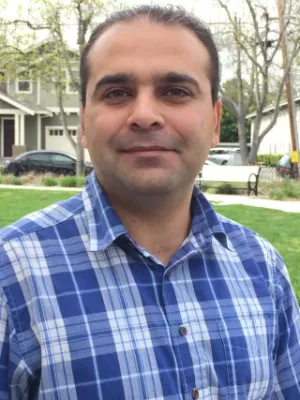
Hossein Hashemi
Researcher

Assessing data‐scarce contaminated groundwater sites surrounding petrochemical industries
Author
Summary, in English
A common problem when studying groundwater contamination in low-income countries is that data required for a detailed risk assessment are limited. This study presents a method for assessment of the potential impact of groundwater contamination by total petroleum hydrocarbons (TPH) in a data-scarce region. Groundwater modeling, using the MODFLOW, was used to simulate regional-scale flow pattern. Then, a semi-analytical contamination transport model was calibrated by minimization of the absolute errors between measured and modeled concentrations. The method was applied to a case study in Kazakhstan to assess the potential spreading of a TPH plume, based on historical observations. The limited data included general information about the local geology, observations of GW level in the area, and concentrations during 5 years of TPH in monitoring wells surrounding the source of the pollution. The results show that the plume could spread up to 2–6 km from the source, depending on estimate of the initial concentrations, until the concentration reaches permissible levels. Sensitivity analysis identified parameters of longitudinal and transverse dynamic dispersivity together with the plume of TPH spreading, as the priority subjects for future investigations. The proposed approach can be used as a tool for governmental and municipal decision-makers to better plan the usage of affected groundwater sites in data-scarce regions. It can also help to decrease the negative impact of contaminated GW on human health and to better manage the industrial pollution.
Department/s
- Division of Water Resources Engineering
- LTH Profile Area: Water
- MECW: The Middle East in the Contemporary World
- Centre for Advanced Middle Eastern Studies (CMES)
Publishing year
2021-04
Language
English
Publication/Series
Environmental Earth Sciences
Volume
80
Issue
351
Document type
Journal article
Publisher
Springer
Topic
- Water Engineering
Keywords
- Groundwater contamination
- Petrochemical industry
- MODFLOW
- Contamination transport
- Sensitivity analysis
- Kazakhstan
Status
Published
ISBN/ISSN/Other
- ISSN: 1866-6280

